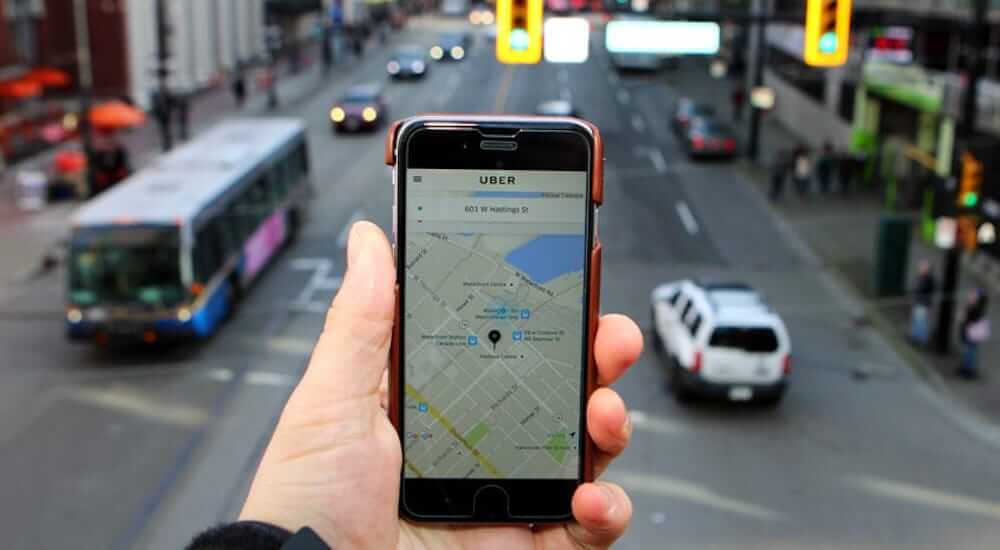Due in part to consistent demand for its food delivery and ride-sharing services, Uber (UBER.N) exceeded Wall Street projections for second-quarter revenue and core profit on Tuesday. As a result, the company’s shares rose 5% prior to the bell.
The demand for ride-sharing services has increased over the past several months as more people leave their homes and return to their workplaces, helping businesses like Uber and competitor Lyft (LYFT.O), opens new tab.
“Mobility had a standout second quarter … growth was consistent across use cases and geographic strength was led by LatAm and APAC, in particular Brazil, Australia and India,” Dara Khosrowshahi, the CEO of Uber,
Bookings were also aided by upgrades to airport transportation and programs like Uber Shuttle, student subscription discounts, and planned shared rides, according to Khosrowshahi.
In the second quarter that ended in June, the company’s revenue jumped by 16% to $10.70 billion, while gross bookings increased by 19% to $39.95 billion. LSEG data shows that analysts had projected $10.57 billion and $39.68 billion, respectively.
Uber announced $1.60 billion in core earnings on an adjusted basis, above projections of $1.51 billion.
The company’s main division, ride-sharing, had a 25% increase in revenue to $6.13 billion, above analysts’ projections of $5.94 billion. In contrast to projections of $3.32 billion, Uber’s delivery division recorded revenue of $3.29 billion.
Deliveries are increasing as a result of a stronger focus on groceries and extended collaborations with Instacart and Costco Wholesale (COST.O), according to Khosrowshahi. “While there have been some concerns about consumer spend on restaurants and delivery, we are not seeing any impact today,” he said.
Uber, on the other hand, predicted that its mobility, delivery, and freight sectors would generate gross bookings in the third quarter of between $40.25 billion and $41.75 billion, with the middle figure falling short of analysts’ projections of $41.26 billion.






